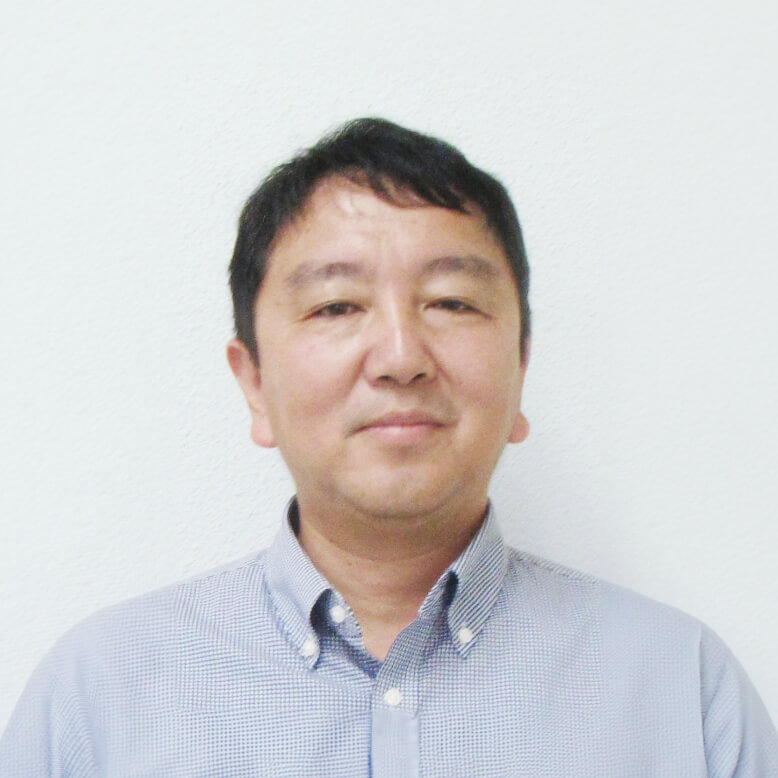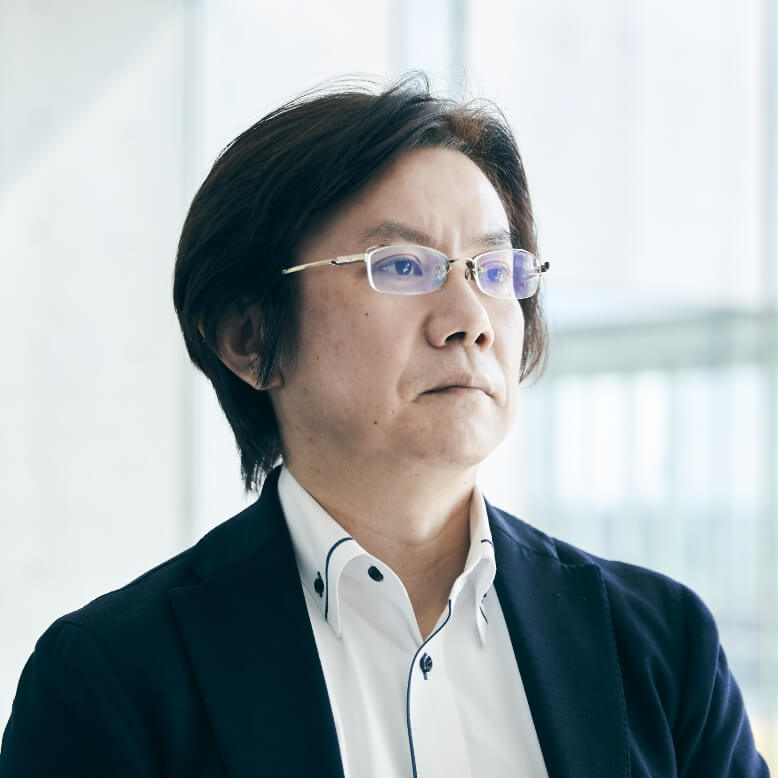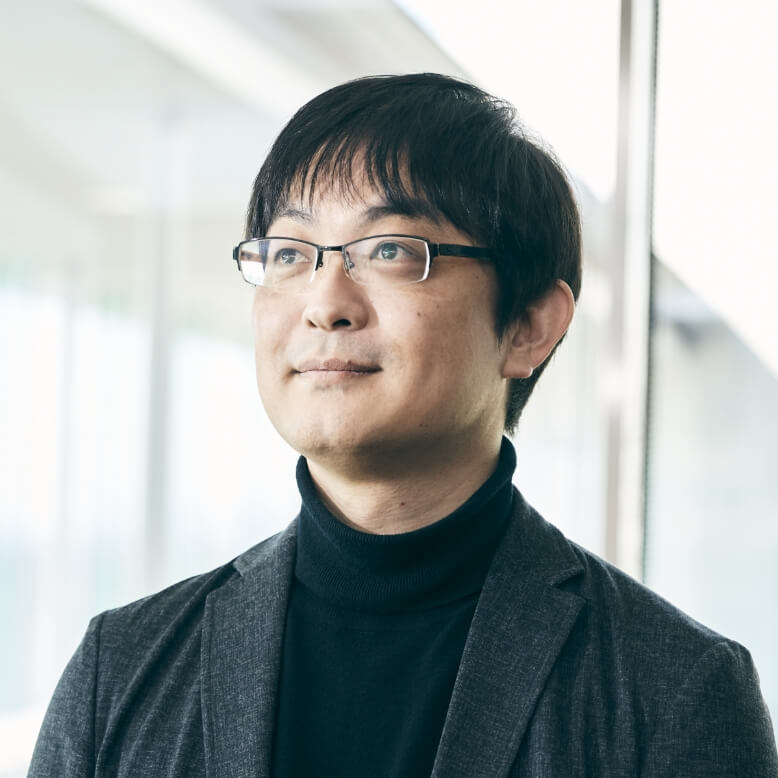MESSAGE
Hazards which put the nation at existential risk.
MEMBER
Disaster, statistics, life science...
bringing a multitude of minds together.
RESEARCH
Everything necessary to protect
human life from disasters.
Research Team
Tokyo University of Science has many disaster prevention researchers specializing in various hazards (earthquakes, fires, floods, etc.), as well as many researchers in data science. We will capitalize on these strengths of the university to facilitate the creation and practice of a new science of urban disaster prevention which is driven by interdisciplinary collaboration involving “disaster prevention researchers of various hazards” and “integration of disaster prevention researchers with data science researchers.”

Laboratory experiments
Fire experiments at the Center for Fire Science and Technology, flood experiments at the Hydraulic Laboratory, etc.


Metaverse experiments
Simulation in the metaverse based on real experiments
There are three research units: 1) Multi-Hazard Unit (Unit Director: Professor Ken Matsuyama, Department of Global Fire Science and Technology, Graduate School of Science and Technology); 2) Disaster Prevention Informatics Unit (Unit Director: Professor Takahiro Yamamoto, Department of Physics, Faculty of Science Division Ⅰ); and 3) Regional Co-Creation Unit (Unit Director: Professor Takumi Ito, Department of Architecture, Faculty of Engineering).
-
Understand disasters from the perspectives of time and space.
We will elucidate the mechanisms behind simultaneous, successive disaster occurrence and clarify what prevention and countermeasures are needed.
Multi-Hazard
Unit-
01
Scientific elucidation of multi-hazard phenomena connected in time and space
-
02
Large-scale multi-hazard experiments
-
-
Utilize information for disaster prevention.
We will put in place disaster prevention and mitigation measures which make use of cutting-edge technologies, such as AI and the metaverse, as well as data and information science.
Disaster Prevention
Informatics Unit-
01
Multi-hazard simulator
-
02
Damage assessment, evacuation guidance, medical support technology development
-
-
Consider disasters from a local perspective.
We will identify disaster prevention issues specific to each region and develop technologies and mechanisms to overcome them.
Regional Co-Creation
Unit-
01
Region-based research and development, problem solving
-
02
Collaboration with local governments, private companies and citizens
-

-
Architecture
Civil engineeringNational
research
institutesMaterials and information
Disaster preventionArchitecture/
Civil engineering/
Materials and
information/
Disaster prevention -
National and local governments
Government
agenciesMedical institutions
National and
local governments/
Medical institutions -
Universities
Academic
institutionsAcademic societies
Universities/
Academic societies -
Medical institutions
Media
IT companiesPrivate
companiesConstruction companies, communications companies
Automotive companies
Power companiesMedical institutions/
Media/
IT companies/
Construction companies,
communications companies/
Automotive companies/
Power companies
Our aim for the future is the creation of a networked research group of collaboration with external institutions, with this center as its hub.












